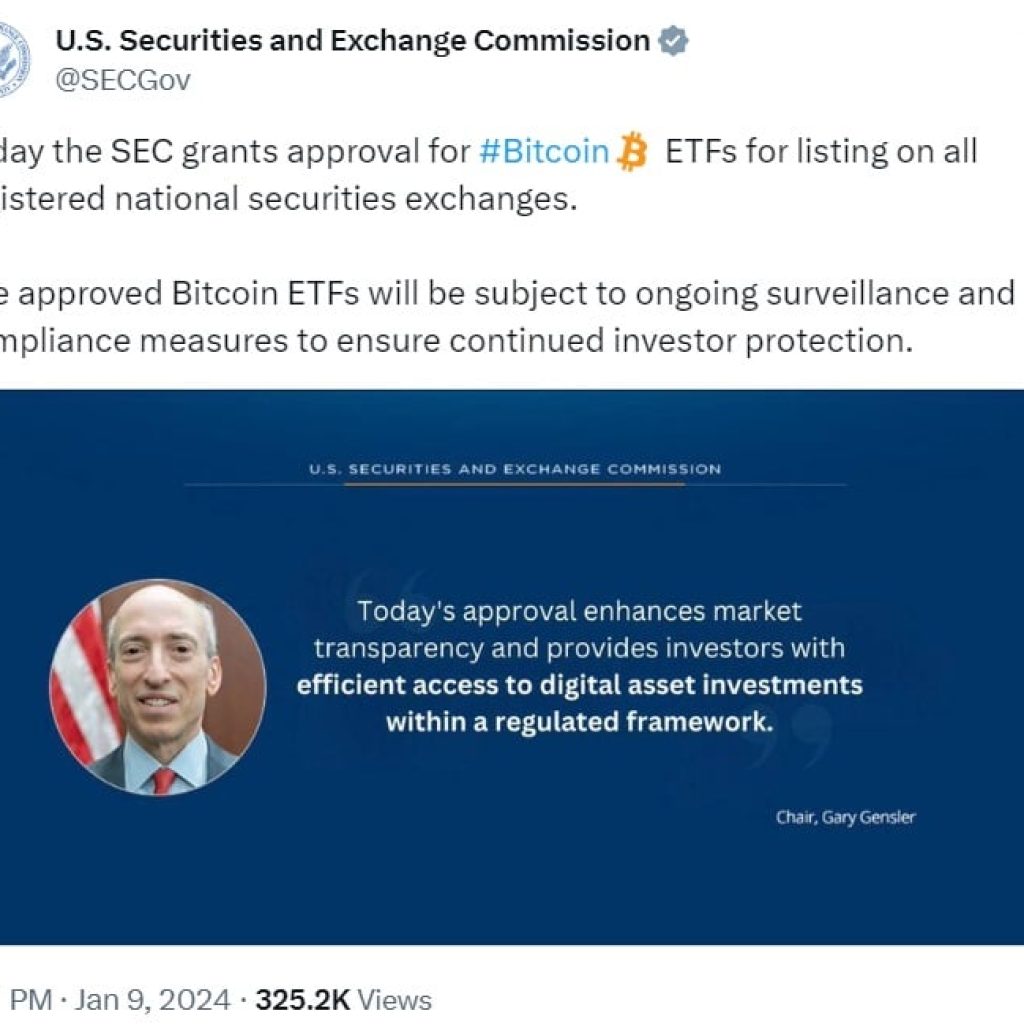The recent uptick in Bitcoin’s value proved fleeting, as a cocktail of economic factors and cautious statements from U.S. Federal Reserve officials drove the price down sharply in just a matter of hours. This sudden dip not only highlighted Bitcoin’s sensitivity to external economic indicators but also tempered the optimism that had recently buoyed the cryptocurrency market.
Market Reactions to Economic Indicators
Friday morning witnessed a significant decline in Bitcoin prices, plunging from a promising high of $63,500 to a lower stance at around $60,700. This drop coincided with the release of lackluster U.S. economic data and hawkish commentary from Dallas Fed President Lori Logan. The University of Michigan’s Consumer Sentiment Survey for May reported a stark decline to 67.4 from 77.2 the previous month, missing expectations by a wide margin and signaling growing consumer apprehension.
Moreover, inflation expectations for the coming year edged up to 3.5% from 3.2%, contradicting forecasts and recent dismissive remarks regarding stagflation by Fed Chair Jerome Powell. This shift in sentiment is crucial as it reflects a growing concern among consumers about the potential for ongoing economic instability.
The impact of these developments was felt not just in the cryptocurrency sphere but also saw the U.S. dollar and bond yields experience modest gains. Interestingly, while traditional stock markets showed little reaction, Bitcoin’s price trajectory starkly deviated, highlighting its volatile nature in response to macroeconomic shifts.

Long-Term Outlook Amid Short-Term Fluctuations
Despite the immediate setbacks, the broader outlook for Bitcoin by analysts remains tentatively optimistic, albeit cautious in the short term. The introduction of U.S. Bitcoin ETFs earlier in the year and the effects of the April 19 Bitcoin halving contributed to a major year-to-date increase of 48%. However, the second quarter painted a bleaker picture, with an 11% decline, a departure from its peak in March.
Experts like H.C. Wainwright analyst Mike Colonnese have suggested that it might take several months for Bitcoin to revisit its recent highs. In the interim, the market may see further corrections, which are not uncommon even during bull cycles, with retracements between 25% and 30% considered normal. These corrections are viewed as temporary setbacks within the framework of a longer bullish trajectory.
The potential for a downturn to the mid $50,000 range was noted, driven by persistent high inflation and slower economic growth. This outlook places a spotlight on the inherent risks and the necessity for investor patience and strategic flexibility in response to evolving market conditions.
Bitcoin’s sensitivity to shifts in economic indicators and Federal Reserve policies highlights its unique position within financial markets. As it stands, Bitcoin continues to offer high beta exposure, making it a potent but risky asset for investors seeking to leverage its high volatility.
In this current cycle, despite the recent price dips, the reduced supply from the halving and increased demand from new financial products like ETFs enhance Bitcoin’s supply-demand dynamics, potentially setting the stage for future value increases.





